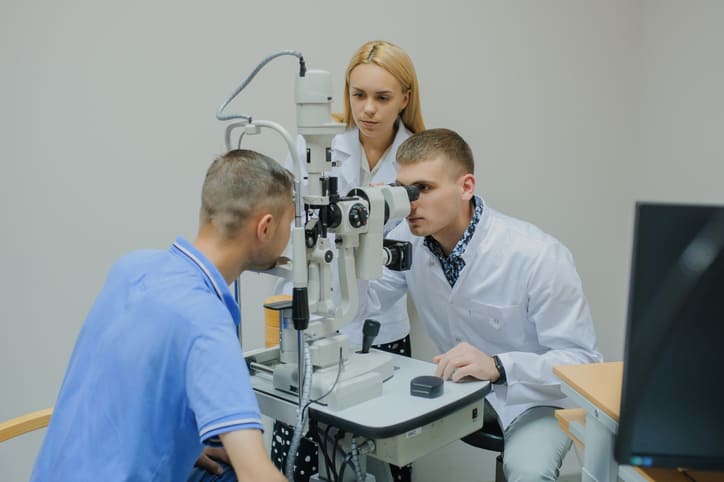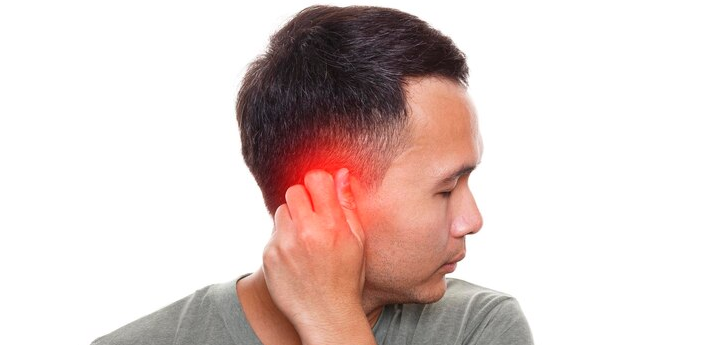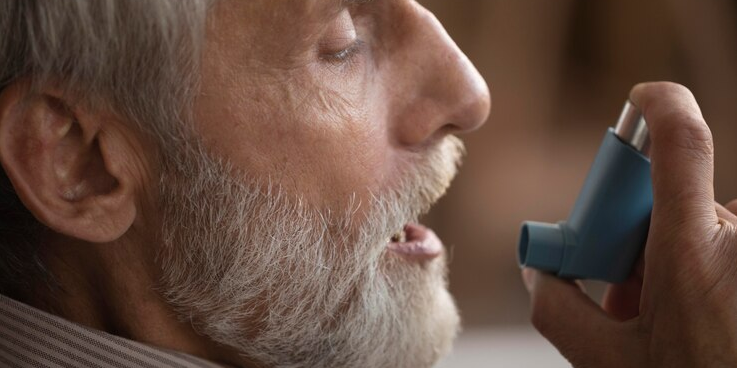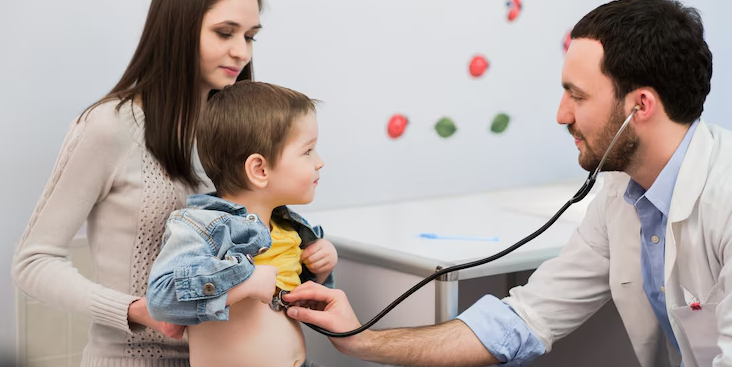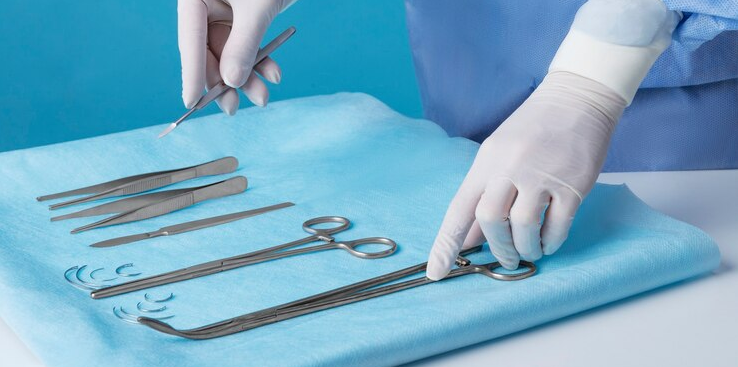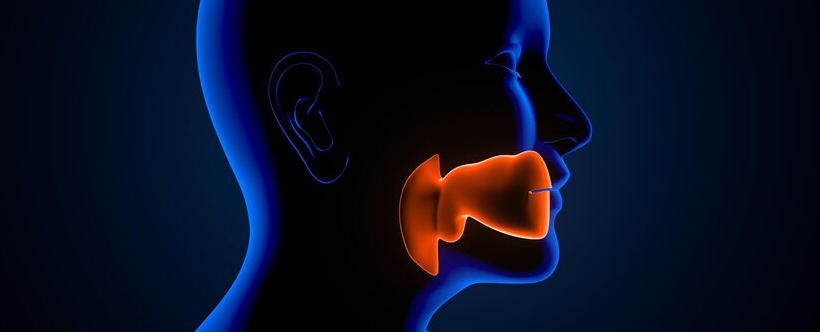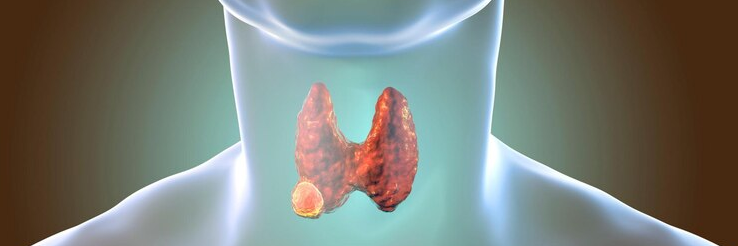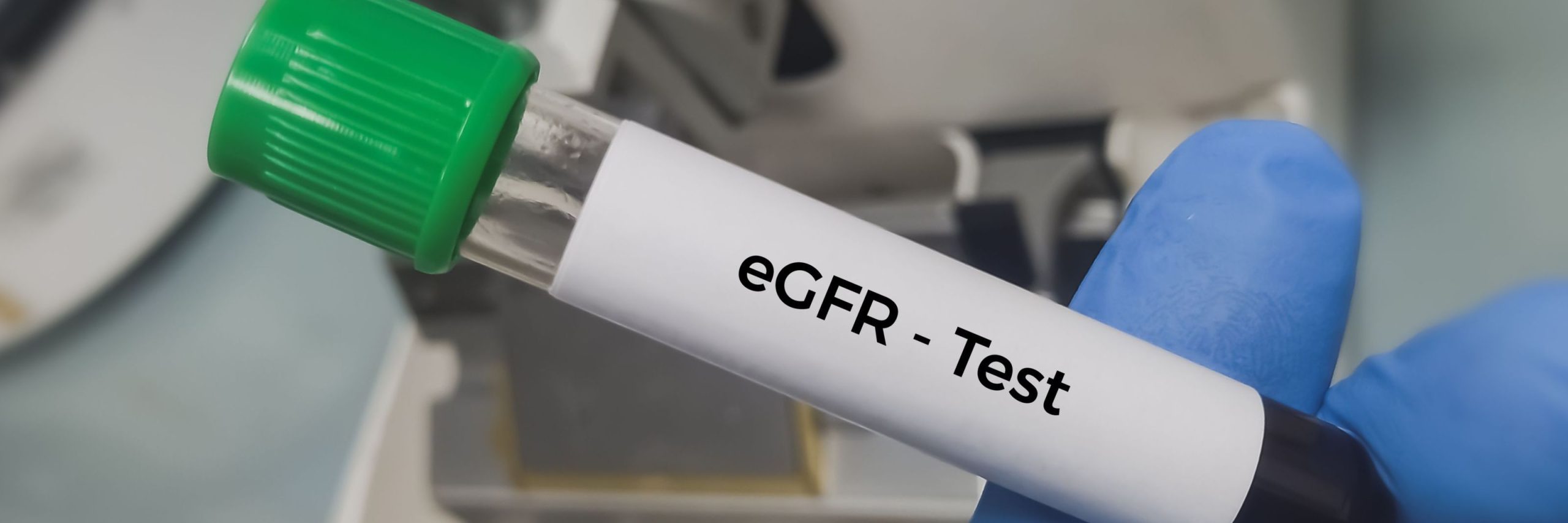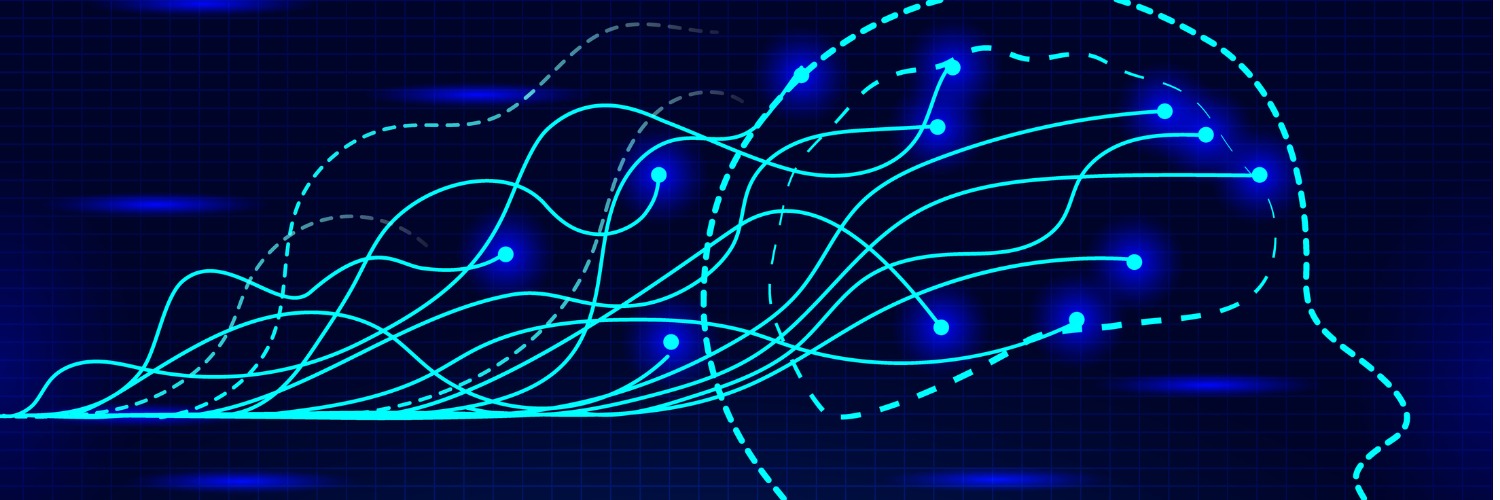The following is a summary of “End-to-end optimization of prosthetic vision,” published in the February 2022 issue of Ophthalmology by Steveninck, et al.
Using neural prosthetics shows potential for restoring visual perception in certain types of blindness, but the resulting prosthetic percept is limited compared to natural vision. Various image preprocessing techniques can be employed to improve the relevant information transfer. However, selecting the most effective features to extract from a visual scene is a complex problem and depends heavily on the context. Although deep learning has made significant strides, there was a challenge in finding a general and automated preprocessing approach that can be tailored to specific user requirements or tasks.
The study presented a new approach to address this issue using deep learning to optimize the entire process of phosphene generation in an end-to-end manner. The proposed model is based on a deep auto-encoder architecture and includes a flexible simulation module for prosthetic vision. Computational experiments demonstrated the ability of the approach to find a stimulation protocol specific to a given task automatically.
The results showcased the potential of end-to-end optimization for prosthetic vision, and the modularity of the approach allows for extension to dynamic optimization of prosthetic vision for various everyday tasks while accommodating the individual requirements of end-users.


